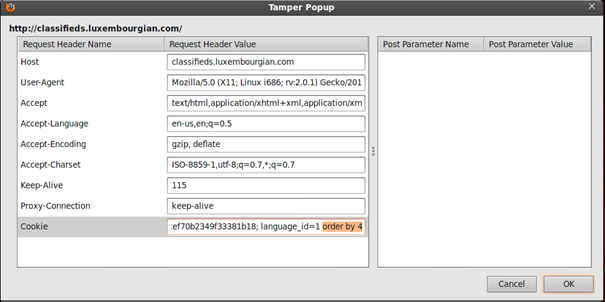

I don't know if there is a solution using a text file.Įxample for concatenating two files - the second video is resized: ffmpeg -y -i front.mp4 -i rear.mp4 -filter_complex "scale=192:108,setsar=1 concat=n=2:v=1:a=1" -map "" -map "" -vcodec libx265 -crf 22 -pix_fmt yuv420p tmp_resized.00026 #define ALT_BITSTREAM_READER_LE 00027 #include " avcodec.h" 00028 #include " get_bits.h" 00029 #include " dsputil.h" 00030 #include " fft.h" 00031 #include " fmtconvert.h" 00032Ġ0033 #include " vorbis.h" 00034 #include " xiph.h" 00035Ġ0036 #define V_NB_BITS 8 00037 #define V_NB_BITS2 11 00038 #define V_MAX_VLCS (1 00043Ġ0053 typedef union vorbis_floor_u vorbis_floor_data Ġ0054 typedef struct vorbis_floor0_s vorbis_floor0 Ġ0055 typedef struct vorbis_floor1_s vorbis_floor1 Ġ0057 typedef 00058 int (* vorbis_floor_decode_func)Ġ0059 ( struct vorbis_context_s *, vorbis_floor_data *, float *) Ġ0146 uint8_t mode_number // mode number for the current packet 00147 uint8_t previous_window Ġ0151 float scale_bias // for float->int conversion 00152 } vorbis_context Ġ0156 #define BARK(x) \ 00157 (13.1f * atan(0.00074f * (x)) + 2.24f * atan(1. Mute a video (Remove the audio component) Use the -an parameter to disable the audio portion of a video stream. ffmpeg -f concat -i file-list.txt -c copy output.mp4. There is single solution, but it re-encode all the videos (reducing quality). Create an input file with a list of all source files that you wish to concatenate and then run this command. I suppose the best solution is to convert the lower resolution to the higher, and then apply concat: ffmpeg -y -i rear.mp4 -vf scale=192:108,setsar=1 -vcodec libx265 -crf 22 -pix_fmt yuv420p resized_rear.mp4įfmpeg -y -f concat -safe 0 -i tmplist.txt -c copy tmp2.mp4

Simple filtergraphs are those that have exactly one input and output, both of the same type. ffmpeg distinguishes between two types of filtergraphs: simple and complex. Several chained filters form a filter graph.


 0 kommentar(er)
0 kommentar(er)
